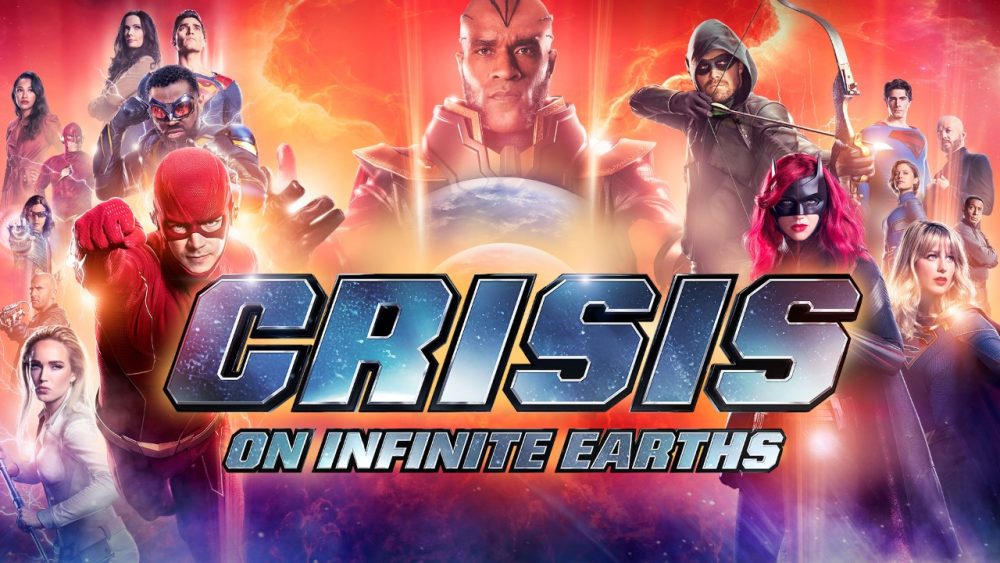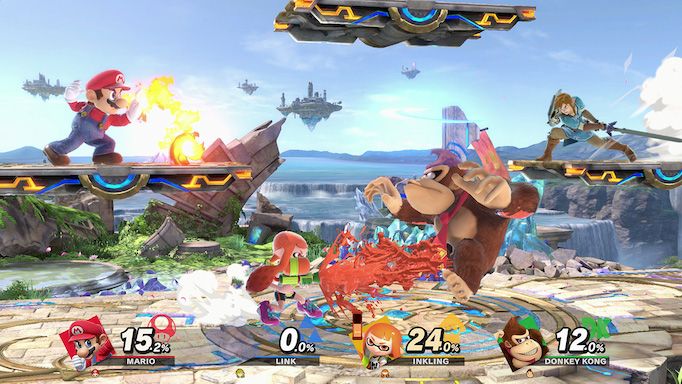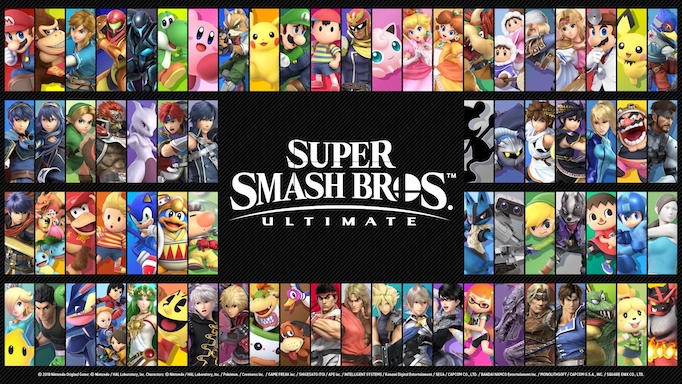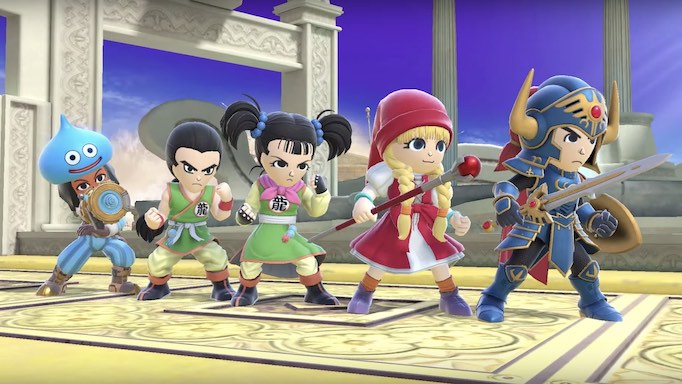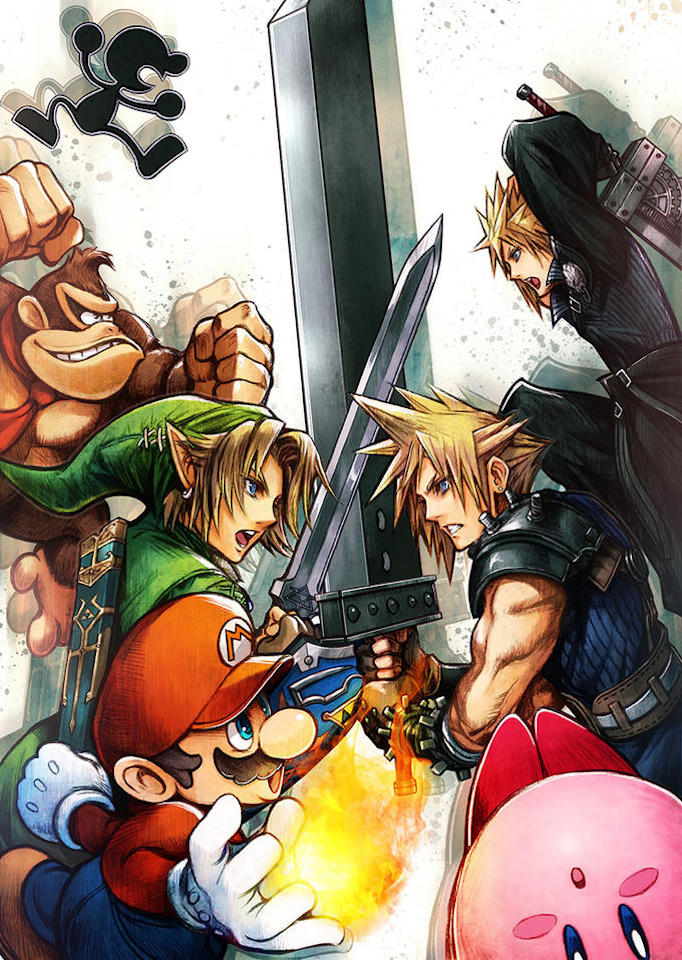Viewers consider Avengers: Endgame and the Arrowverse’s Crisis on Infinite Earths landmark moments in film and television, for good reason. They were mammoth undertakings that required unprecedented levels of planning and coordination. But it was all worth it. Fans were ecstatic to see heroes from a string of movies and TV series join hands to fight a greater threat than any of them could face alone.
Comic book publishers, of course, have created crossovers for years. Event comics have been a staple in the industry since 1985, which saw the release of Marvel’s Secret Wars and the very Crisis adapted for television 35 years later.
There’s one more form of entertainment that’s embraced crossovers, though it’s rarely part of the conversation. Video games frequently see characters team up or face off against characters from other franchises.
In fact, the medium has several advantages over mediums driven by narrative. Video games such as Marvel vs. Capcom, Mario Kart, and, of course, Super Smash Bros. succeed as crossovers in ways that can’t even be attempted by other media. Read what makes video game crossovers superior to their counterparts in comics, film, television, and beyond.
Things don’t have to make sense in a Smash Bros. crossover
In recent years, video games began to receive more attention from critics for the cinematic storytelling found in titles like Gone Home, Her Story, and The Last of Us. All of those games do an excellent job creating compelling characters within an interactive narrative. In the majority of games, however, story isn’t the focus. Video game design generally puts gameplay first, giving developers the freedom to make choices that wouldn’t work within the framework of a three-act structure.
Super Smash Bros. is a crossover of wildly different characters, genres, and environments. Mascot platformer Mario battles super-spy Solid Snake, who faces off against excise advocate Wii Fitness Trainer. You travel everywhere from Hyrule Temple to a Mario Kart track to alien planets, and it all feels natural because of the carefully designed gameplay. Smash Bros.‘ stylistic and tonal diversity makes the game feel delightfully unpredictable in ways that can’t be matched by other media.
Fan service isn’t a dirty word in video games
Occasionally creators manage to deliver fan service that excites the diehard fans and doesn’t distract from the larger narrative. Too often, fan service interrupts the flow of a story, halting its momentum.
Crossover moments in Super Smash Bros. don’t have that problem. Final Fantasy‘s Cloud can clash with Legend of Zelda‘s Link in Dracula’s castle from the Castlevania series, yet nothing feels forced.
If that level of unabashed fan service made its way into a comic, film, or TV series, it would overwhelm any audience. In a well-constructed video game crossover, almost any scenario is possible and none feel improbable or out of place.
More characters get their moments in the sun
In event comics, there’s only so much room to pay homage a franchise’s characters and history. They contain so little space to tell the core story that events can’t represent the entire Marvel Universe in its pages. Most Marvel events make room for a Spider-Man appearance, but they can’t even spare a panel to look at most of the heroes are handling the fiscal quarter’s world-shaking event. Movies have even less room to fit in anything that isn’t central to the narrative.
Video games can represent far more characters and pay more respect to the history and legacy of franchises. Super Smash Bros. Ultimate not only has 74 playable characters (with more on the way), its Spirit Mode gives a nod to over a thousand more characters from video game history. Few video games feature rosters as packed as Super Smash Bros. Ultimate, but the game’s reach goes to show video games’ ability to honor as much of a property’s history as it wants to, unconstrained by either time or budget.
None of that discounts the value of a well-told story. This article was written to shine a light on what makes video games uniquely equipped to deliver fan service, not to discount the excellent work done in TV, film, and comics. Fans are lucky to have access to different kinds of crossovers, each of which offers consumers a unique look into the characters and worlds they love.




